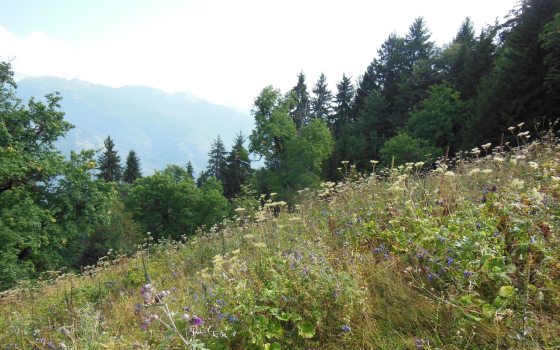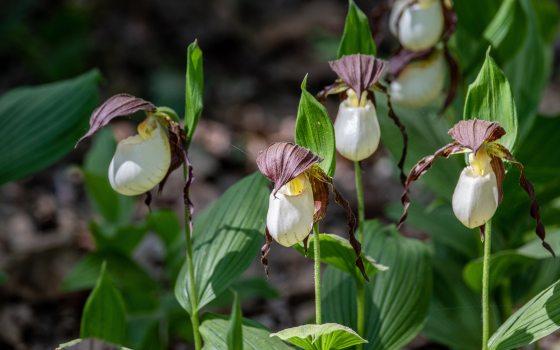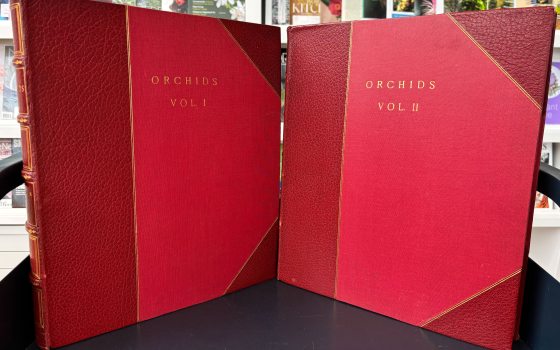Plant exploration plays a vital role in Longwood’s efforts to bring new plants into the Gardens. We travel to targeted regions throughout the world to find new plant species, which we then bring home to grow and evaluate. Our most recent plant exploration adventure took me to the floristically rich Republic of Georgia; the goal of the trip was to explore seldom-visited regions of the country to search for and collect new species of woody and herbaceous plants.
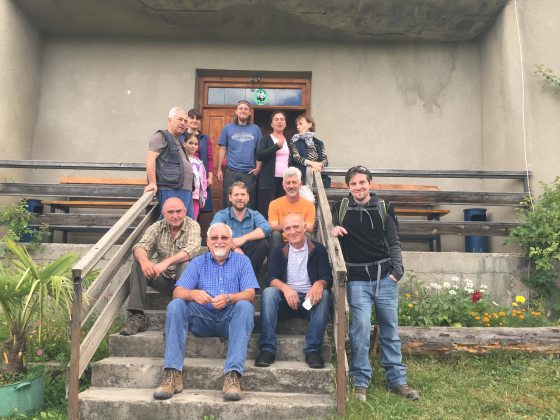
The PCC members and Georgian partners at the Ilia State University Bakuriani Alpine Botanical Garden in Bakuriani, Georgia.
The trip was a collective effort of the recently re-established Plant Collecting Collaborative (PCC), which is composed of 12 botanical gardens from the Eastern and Central US. The trip included Boyce Tankersley (Chicago Botanic Garden), Vince Marrocco (Morris Arboretum), Matt Lobdell (Morton Arboretum), Joe Meny (U.S. National Arboretum), and myself. Due to the remote and inaccessible landscape of Georgia and the complex flora, we collaborated with partners from the Ilia State University Institute of Botany in Tbilisi, Georgia, and members of the Tbilisi Botanical Garden.
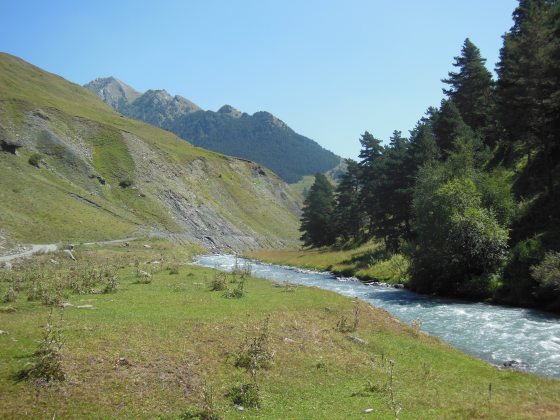
Subalpine meadows and forest in the Tusheti National Park.
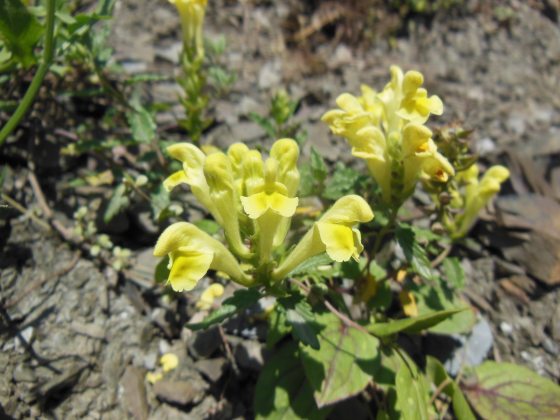
A Georgian endemic, Scutellaria leptostegia.
The Republic of Georgia lies at the eastern edge of Europe between the Black and Caspian seas. Two mountain ranges (the Greater and Lesser Caucasus) bisect the country, resulting in a dramatic landscape and a dizzying array of ecological zones and microhabitats that have contributed to an incredibly rich local flora, high in endemic (only occurring in Georgia) species. Our first stop, the Tusheti Region, was particularly remote and difficult to access. We were the first group of Americans to collect in this region.

The showy, late flowering Aconite nasutum growing in a mountain forest in the Tusheti National Park.
After leaving the Tusheti region, we headed east for the famous Lagodekhi Forest Reserve, but first stopped at the Babaneuri Forest Reserve. There we collected seeds of Zelkova carpinifolia, whose sculpted trunks display beautifully mottled bark. This tree holds much promise for Longwood Gardens and gardens across eastern North America.
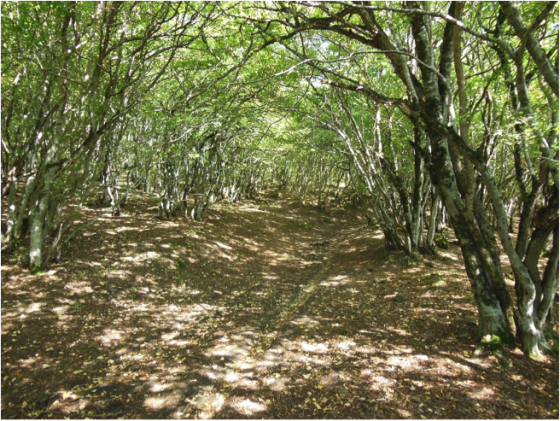
The surreal Carpinus betulus-Zelkova carpinifolia forest of the Babneuri Reserve.
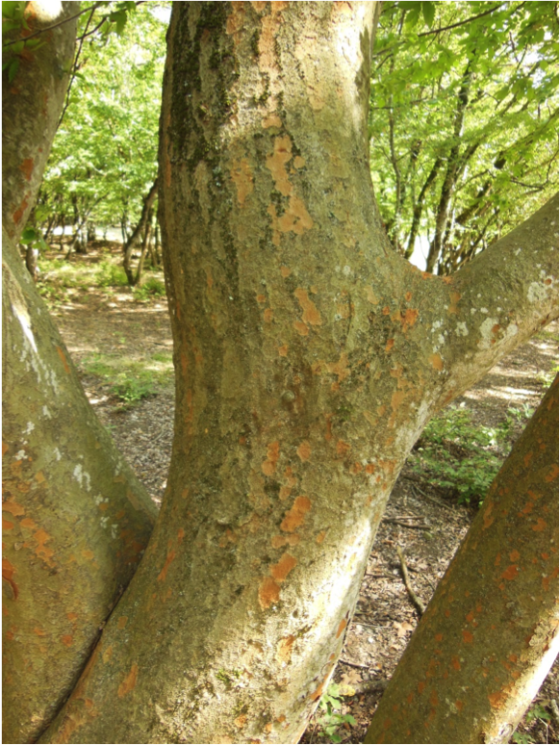
Zelkova carpinifolia.
After visits to Babaneuri, Lagodekhi, and a short sojourn in Tbilisi, we headed for the environs of Bakuriani for a series of day trips throughout the Lesser Caucasus. We targeted one region in particular, the Tetrobi protected area, because its limestone substrate supports flora that is different from that found in the surrounding volcanic soils. This region has great potential for collecting unique plant species new to cultivation.
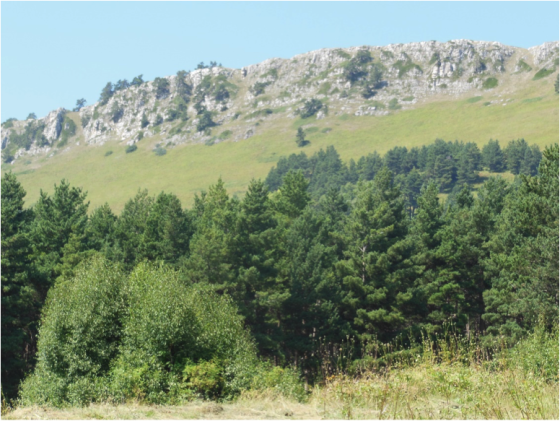
A view of the limestone escarpment at the Tetrobi protected area.
Despite being right in front of us, the ridge was difficult to access and required asking directions from local farmers as they cut and harvested hay from the native meadows and grasslands. The extremely rough road was barely passable for most vehicles, and we drove until our truck could go no further, then hiked to the top of the ridge.
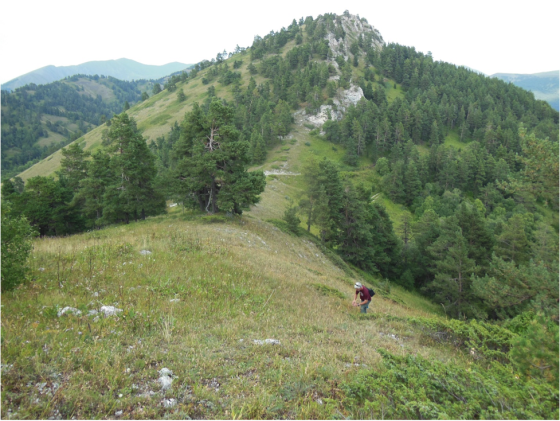
View from the top of the ridge at Tetrobi. These meadows are filled with remarkable species such as Fritillaria collina, Muscari armeniacum (known as M. szovitsianum to Georgian botanists), Sorbus graeca, an unidentified Allium species, and many more interesting plants not seen elsewhere in Georgia.
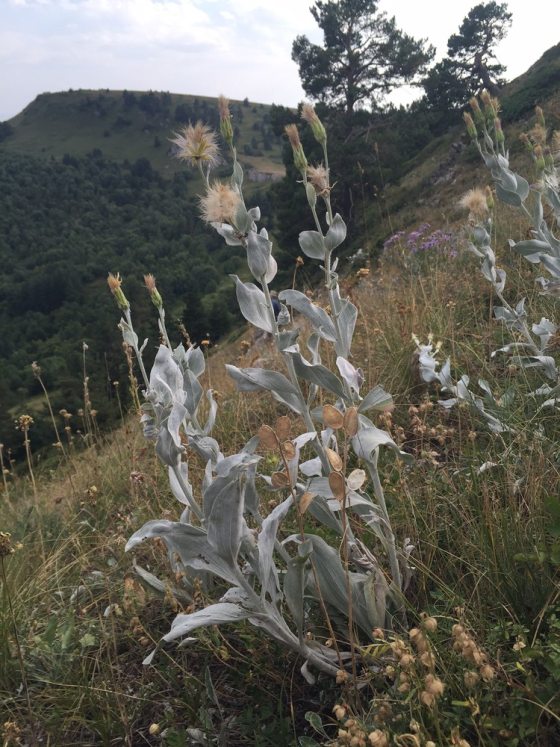
Scorzonera kozlowskyi.
One of the most interesting plants to be found on the ridge was the Georgian endemic, Scorzonera kozlowskyi, an International Union for Conservation of Nature (IUCN) red-listed species found only within the Tetrobi protected area. This species boasts stunning silver foliage that appears white from a distance, and yellow daisy-like flowers. It has extraordinary potential as an ornamental foliage plant and conservation subject. We were granted permission to collect seeds.

The well-known garden plant Gentiana septemfida is one of the most common plants through mountainous regions of Georgia.
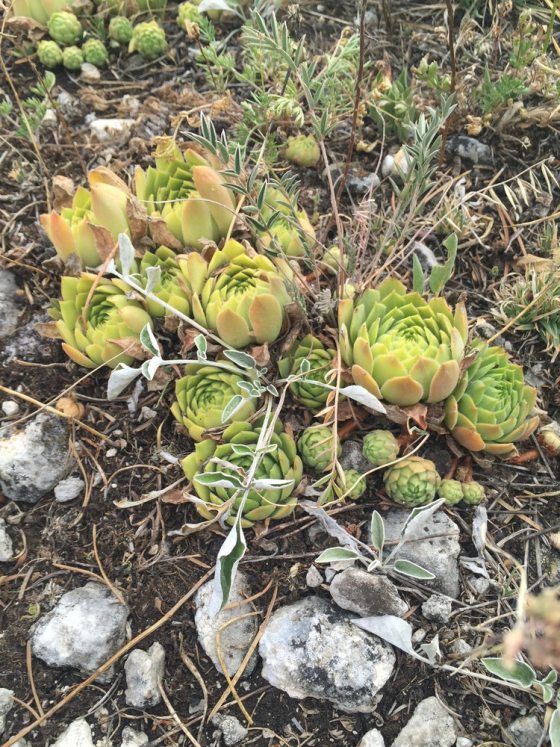
We also found Sempervivum transcaucasicum growimg on the ridge
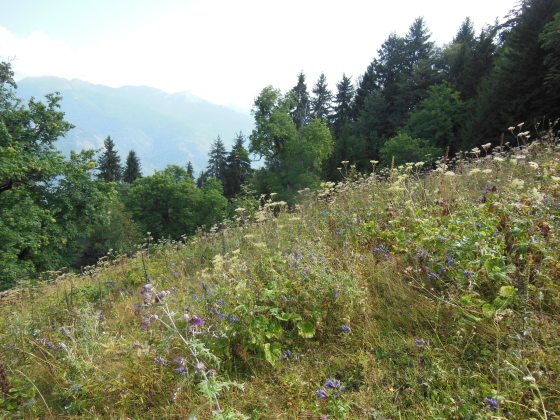
The areas around Bakuriani are mostly volcanic in origin and mountain meadows boast a different flora than found in the limestone region of Tetrobi.
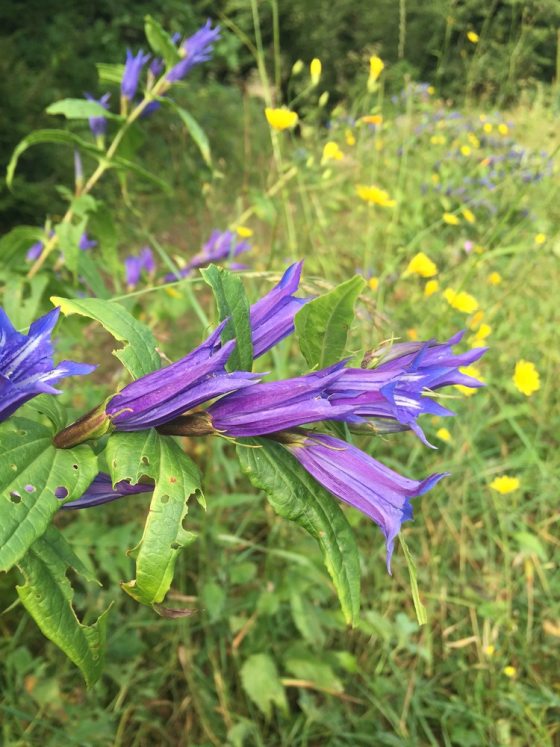
A common meadow plant around Bakuriani is Gentiana asclepiadea. This regional variant of the species is known to Georgian botanists as G. schistocalyx, a name not currently accepted by botanists. However, the plant may have distinct horticultural attributes.
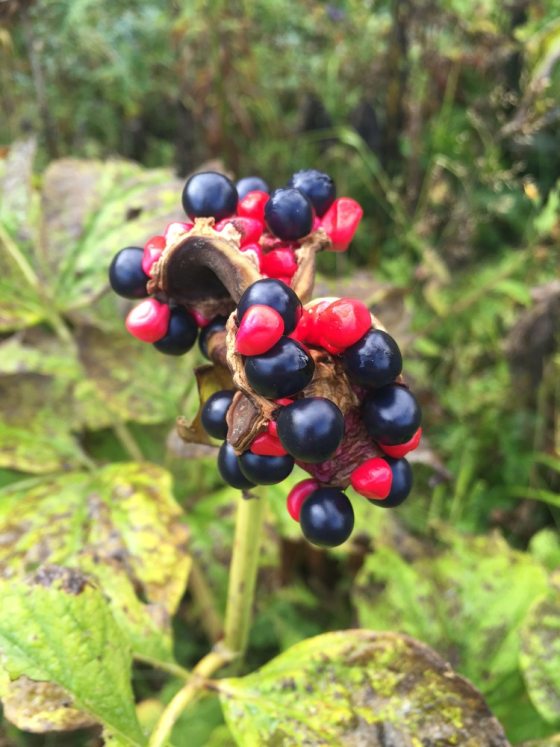
The Caucasus are rich in peony species, another target group for the trip. Near Bakuriani we collected the stunning Paeonia daurica ssp. macrophylla (also known as P. steveniana). This large, imposing plant boasts beautiful cream-colored flowers in spring, and a long-lasting ornamental fruit display.
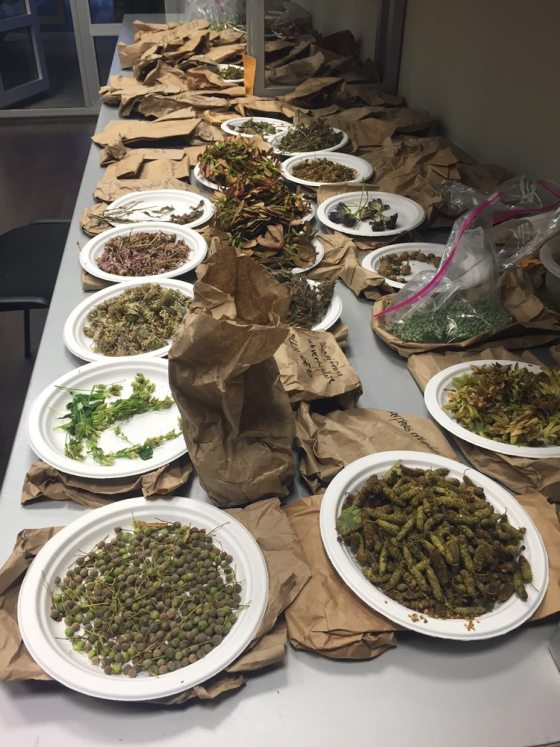
At the end of the trip, the final number of collections exceeded 210 accessions. These seeds will be grown in by the Research team at Longwood and perhaps one day you will see them in the displays in our Gardens.
Photos by Peter Zale.
